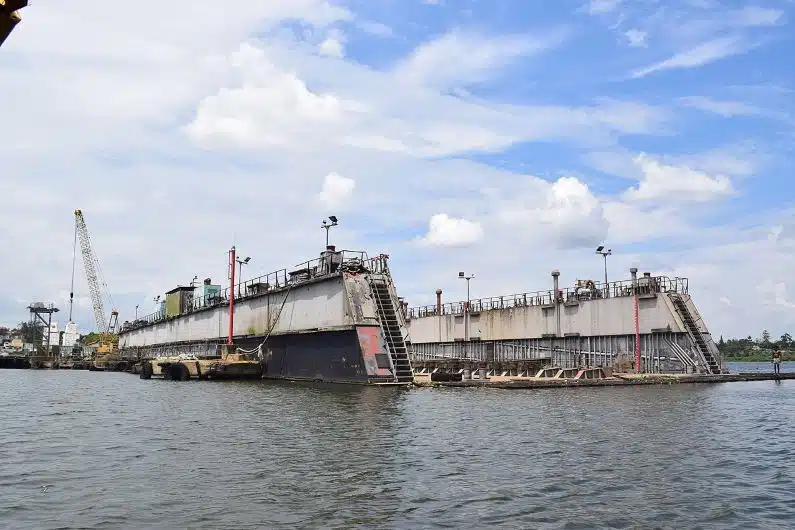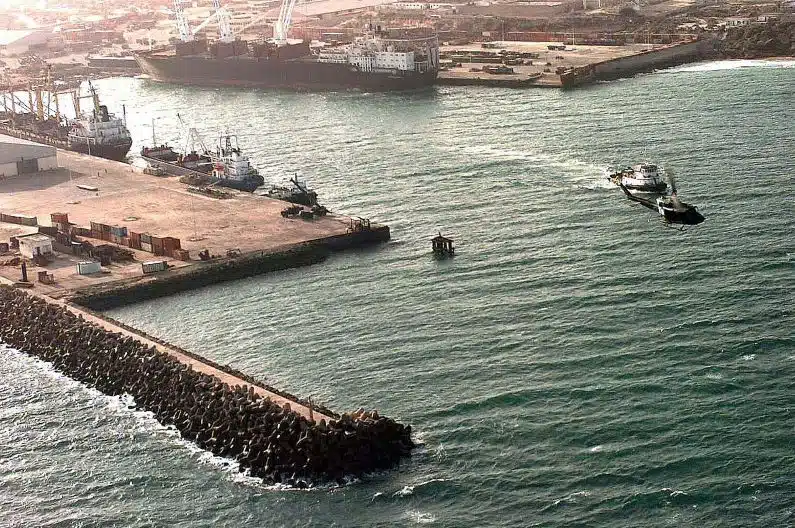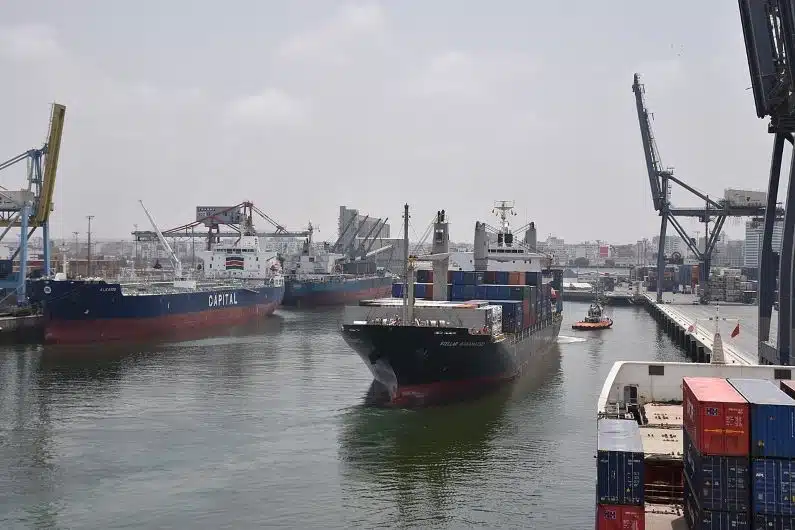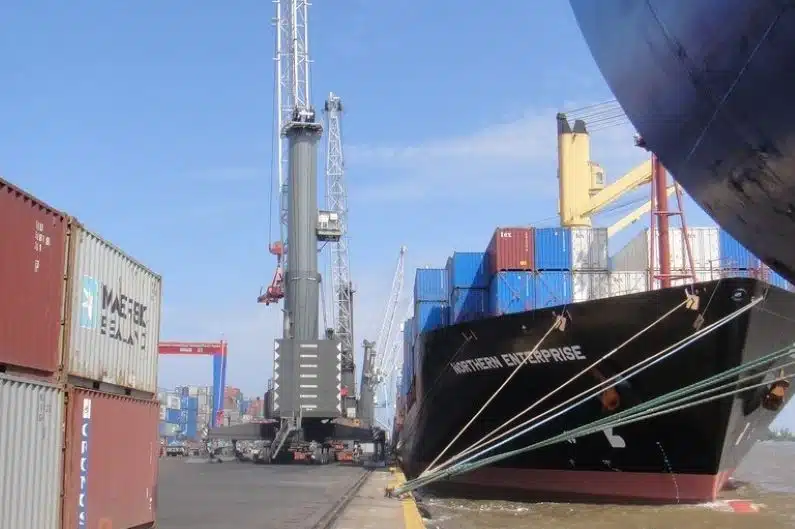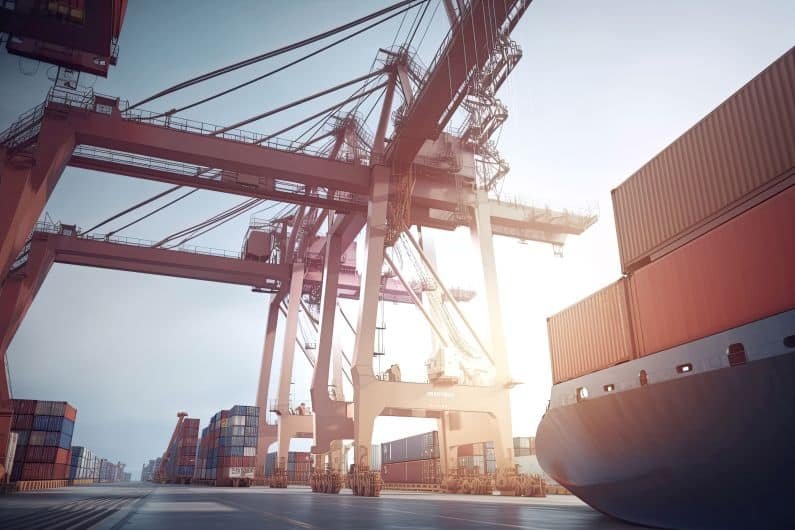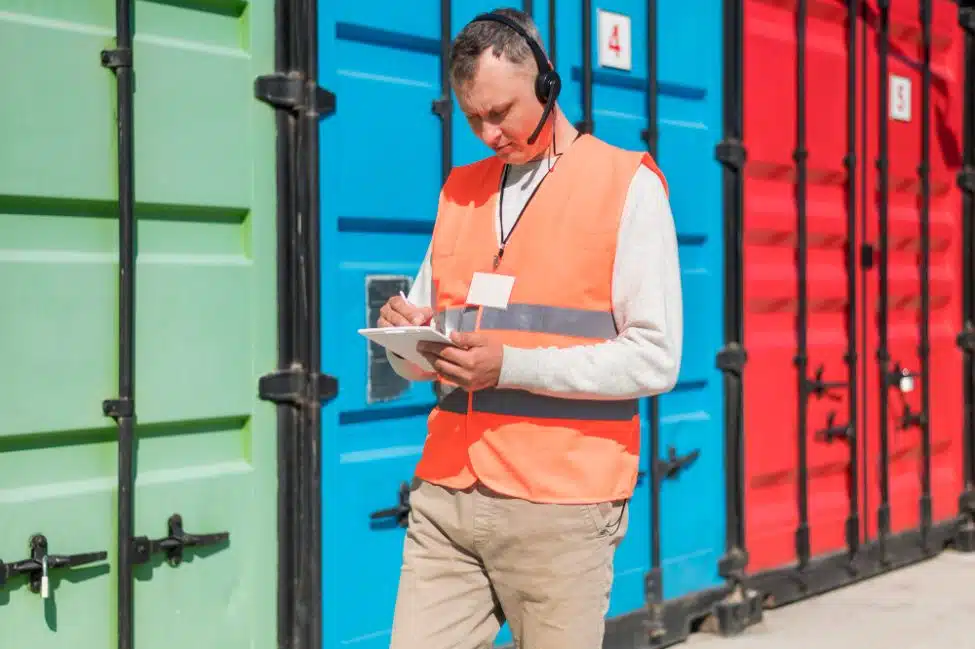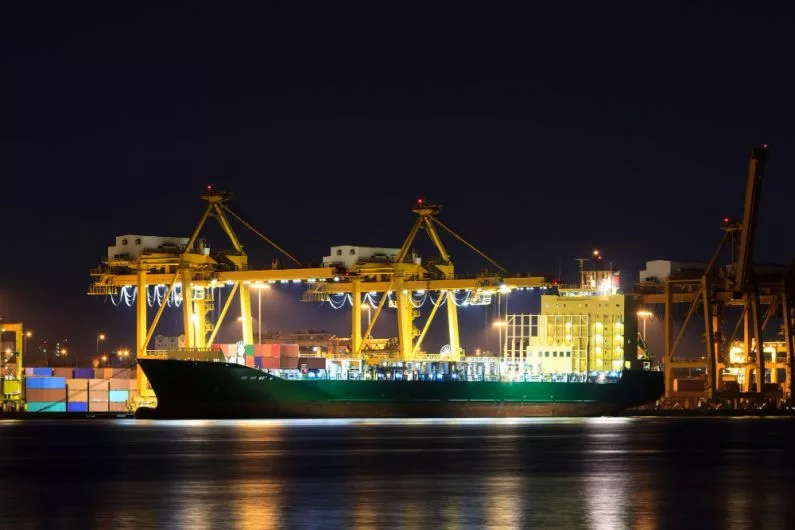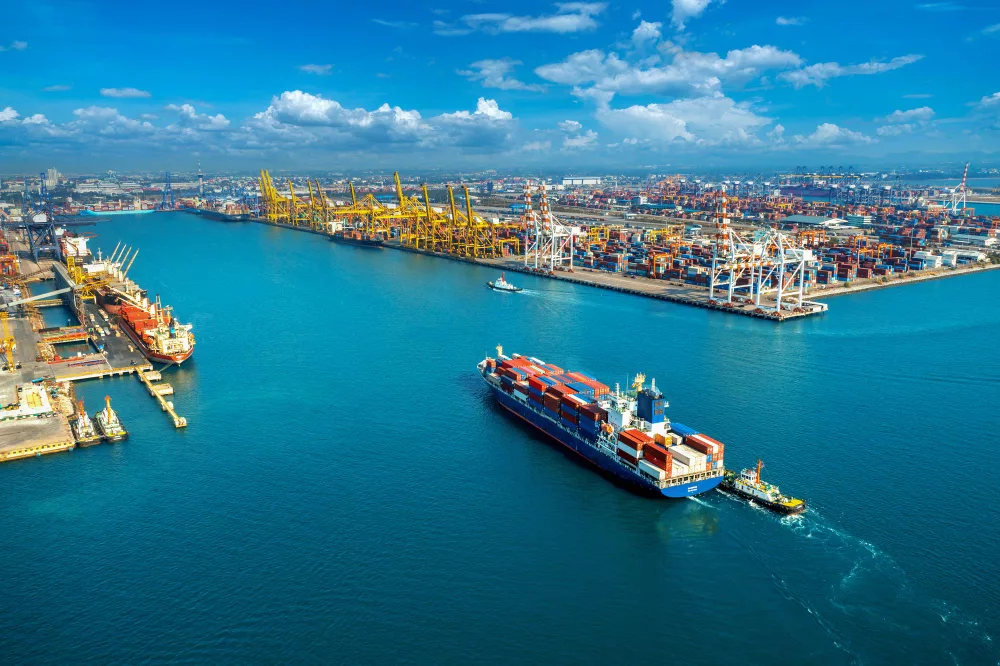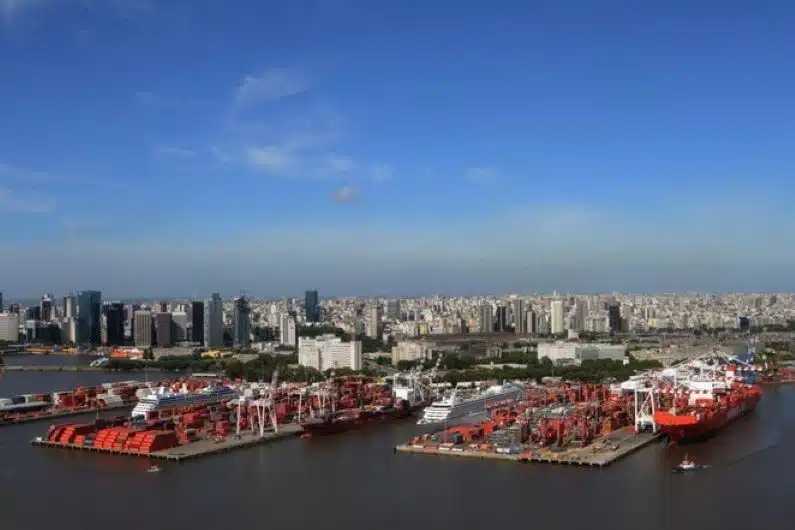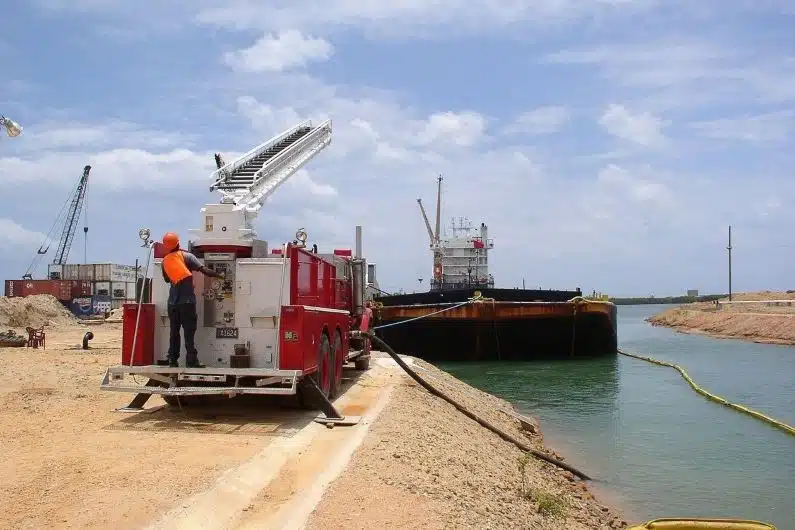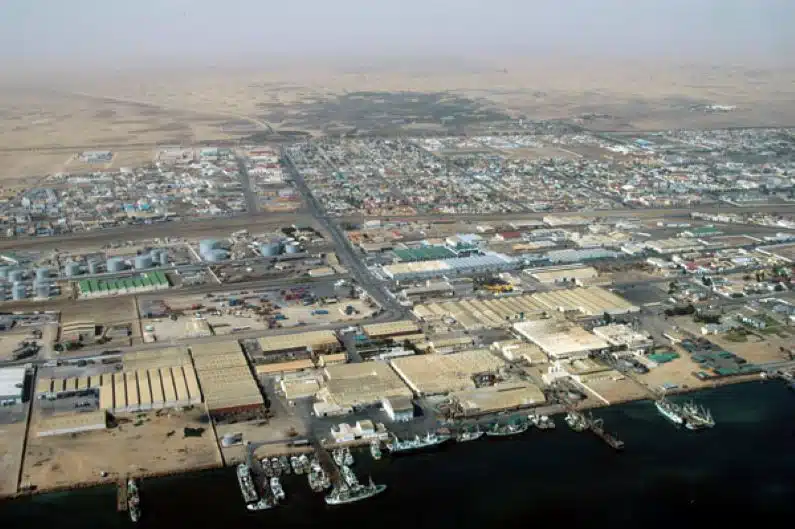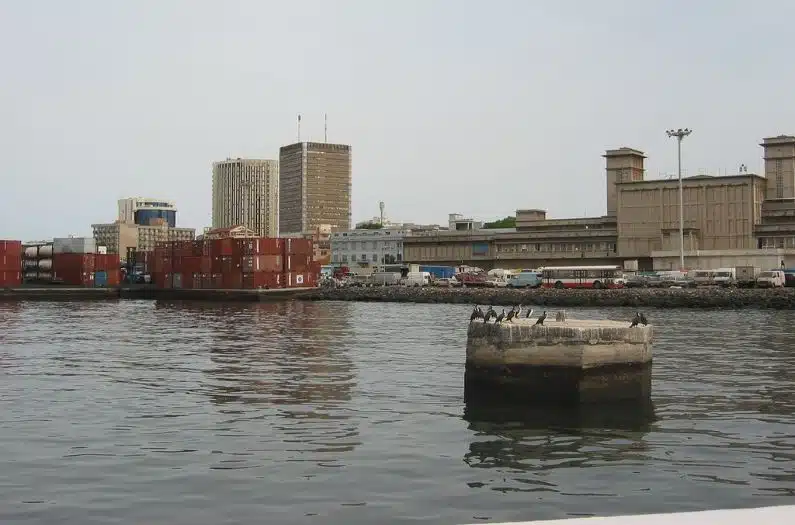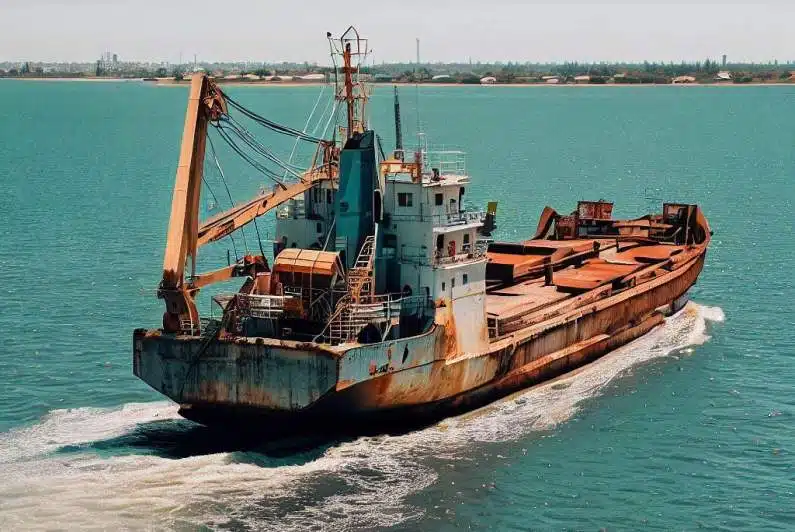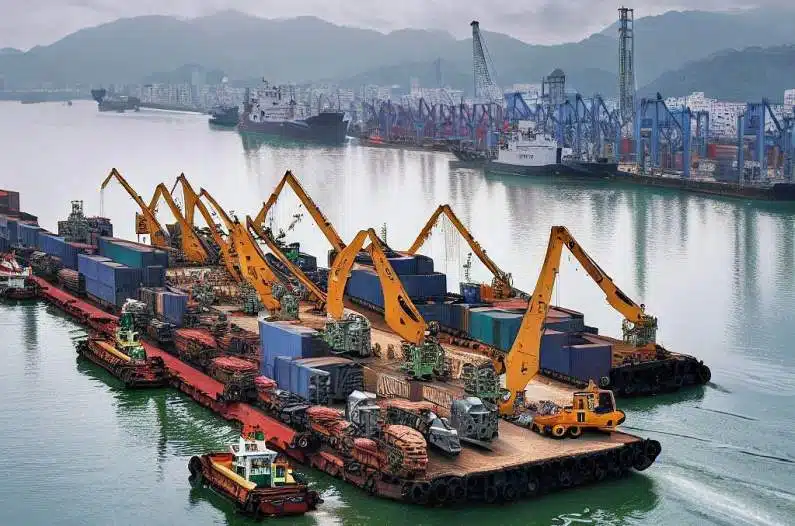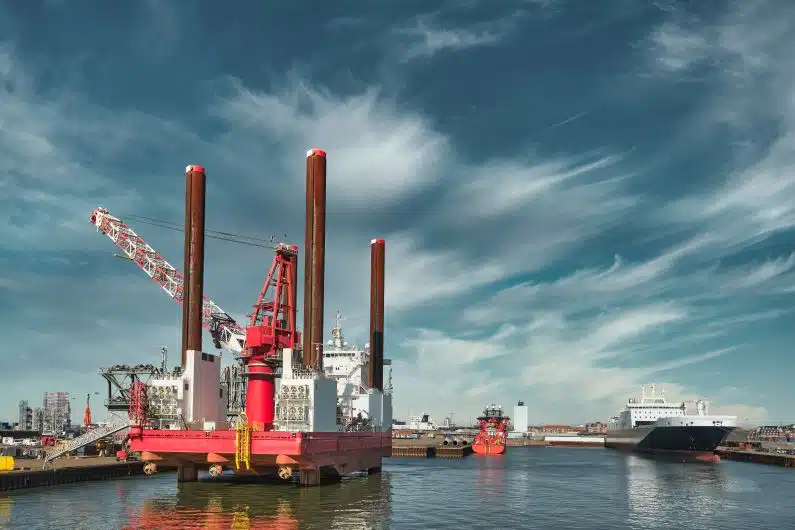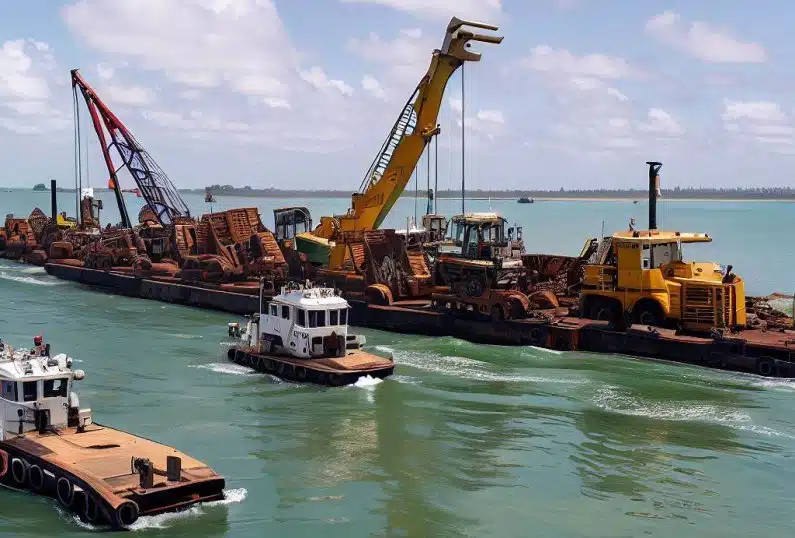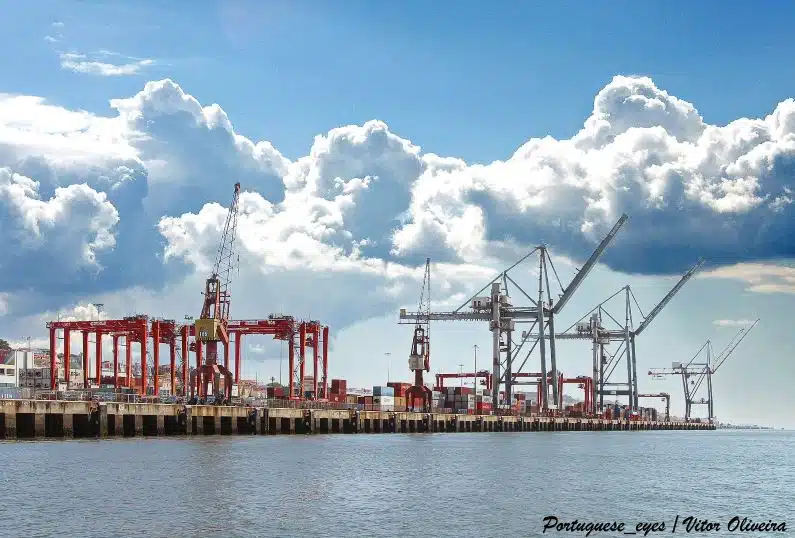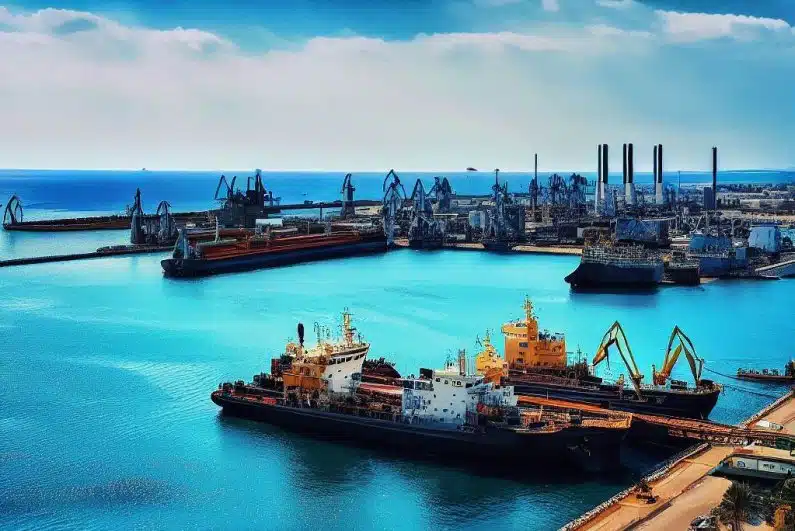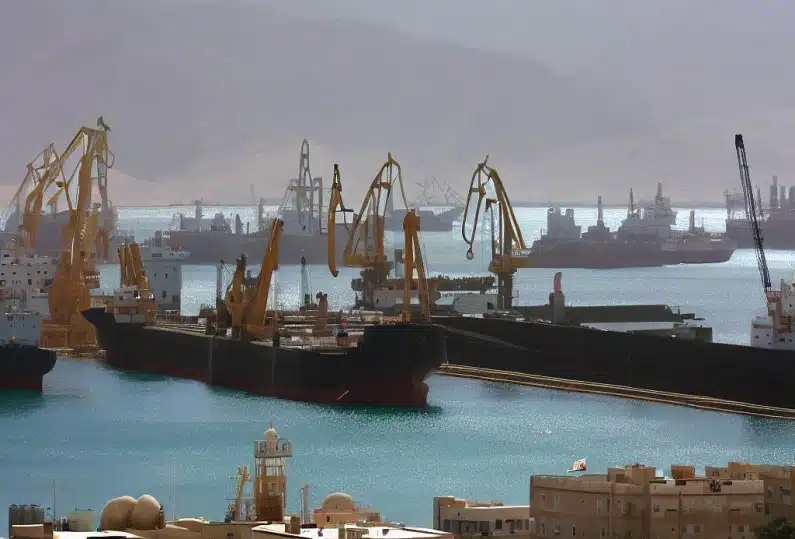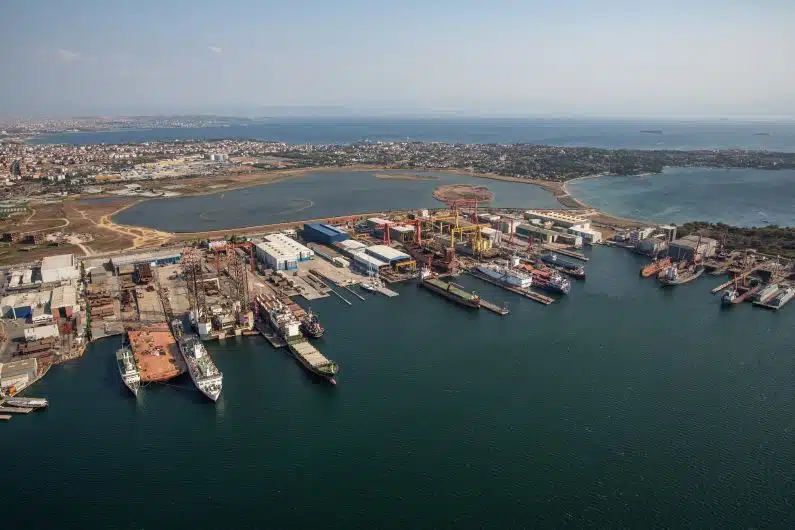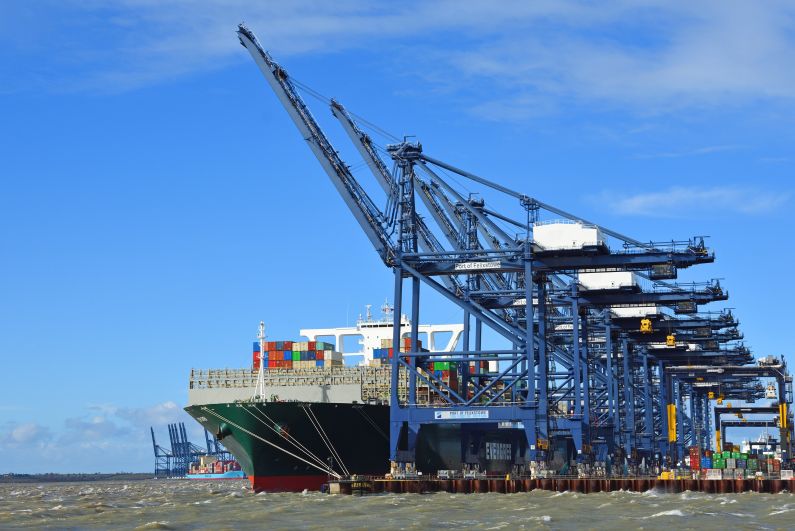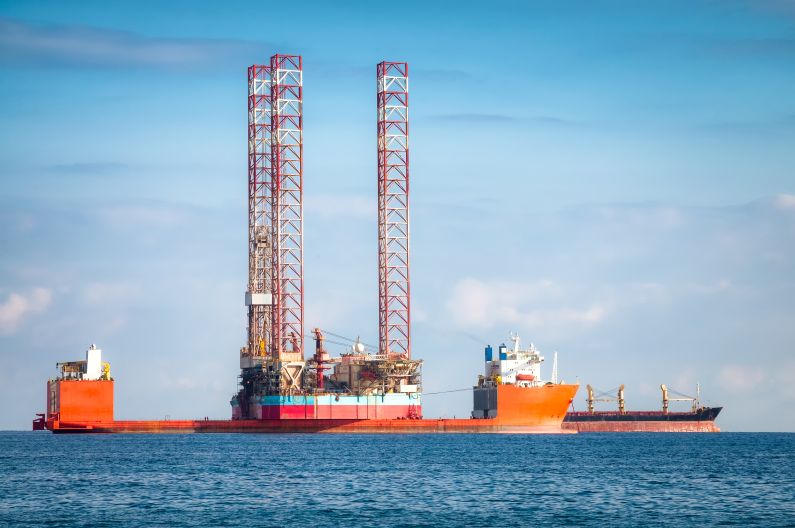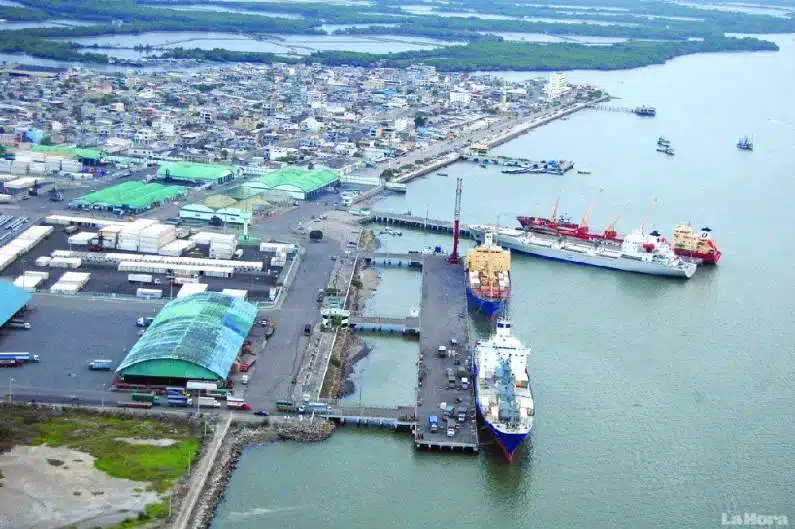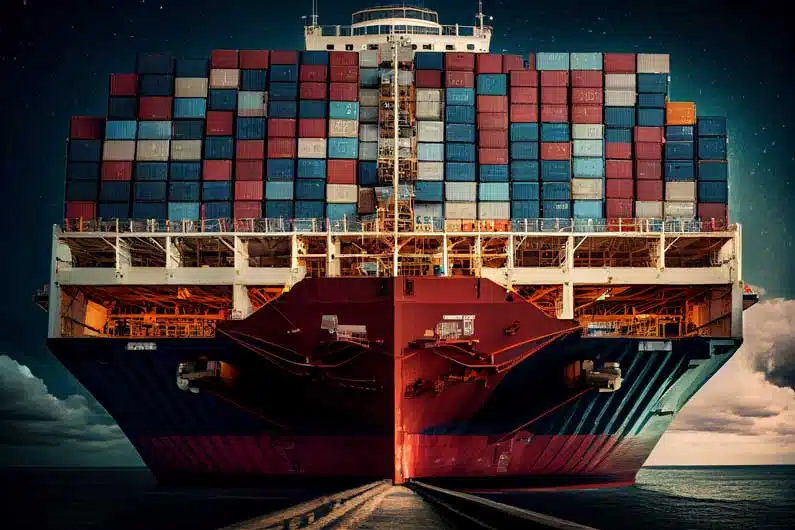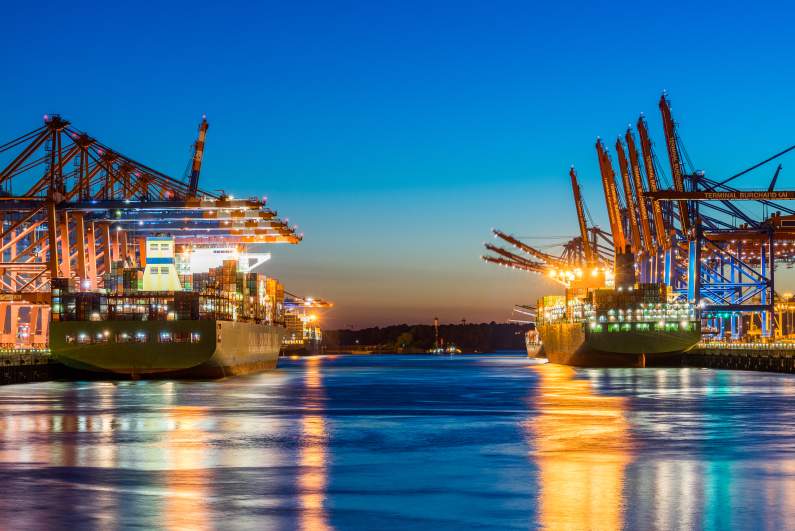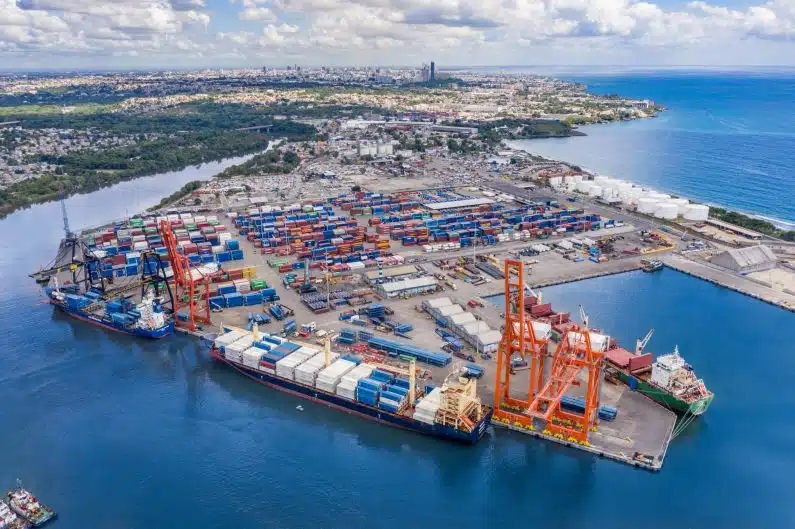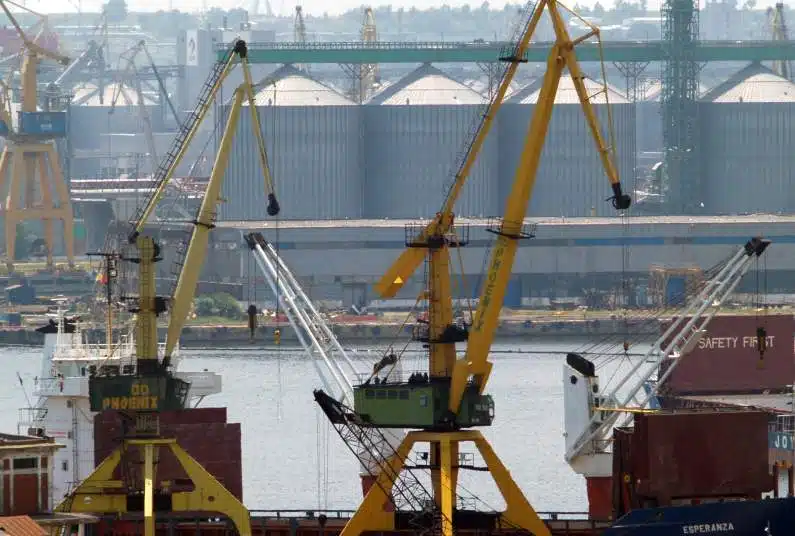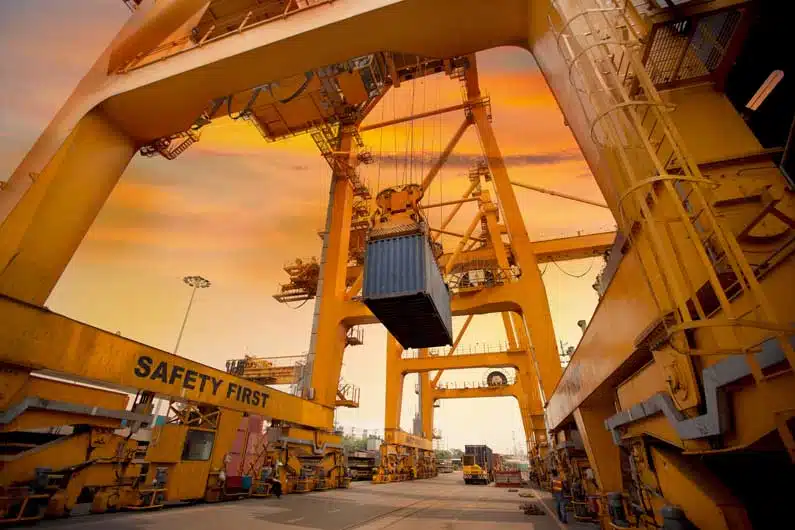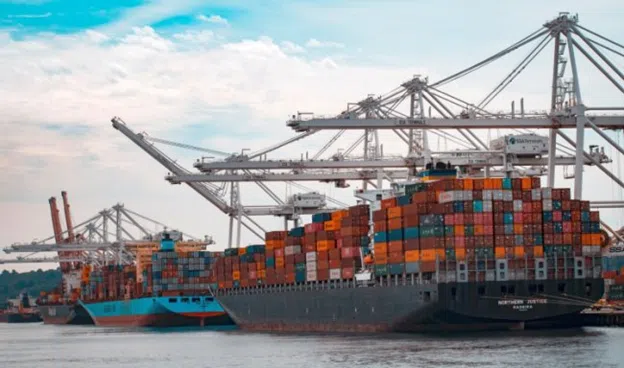The global trade of heavy equipment, including oil machinery, plays a vital role in supporting industries such as construction, mining, and agriculture. In recent years, Uganda has witnessed significant growth in its economy, leading to an increased demand for heavy equipment.
To fulfill this demand, efficient shipping services are essential to ensure timely delivery, cost-effectiveness, and safety. This article explores the process of heavy equipment shipping to Uganda from Houston and back, highlighting key considerations and logistics involved.
Shipping to Uganda Benefits
Economic Growth
Heavy equipment and oil machinery shipping to Uganda from Houston, and vice versa, is of utmost importance due to its significant impact on various industries. Heavy equipment plays a vital role in driving economic growth, infrastructure development, and resource extraction in Uganda. From construction projects and mining operations to agricultural advancements, these industries heavily rely on the efficient transportation of specialized machinery.
Technological Growth
Shipping heavy equipment to Uganda from Houston enables the country to access advanced technology and machinery that may not be readily available locally. This influx of equipment boosts productivity, enhances operational efficiency, and promotes sustainable development across multiple sectors. Whether it’s excavators, bulldozers, drilling rigs, or specialized oil machinery, these tools enable Ugandan businesses to expand their capabilities and compete on a global scale.
Environmental Impact
Furthermore, the process of transporting heavy equipment back to Houston from Uganda presents an opportunity for equipment optimization and recycling. Once these machines have served their purpose in Uganda, they can undergo refurbishment, repairs, or repurposing to be utilized in other projects or industries. Facilitating efficient shipping back to Houston not only contributes to the longevity of the equipment but also helps minimize waste and aligns with the principles of the circular economy. By embracing this approach, we can maximize the value and lifespan of the equipment while promoting sustainability and resource conservation.
Choosing the Right Shipping Method
Transporting heavy equipment requires careful consideration of various shipping methods. The two primary options are:
Ocean Freight
Transporting heavy machinery through maritime means provides an economical solution for moving large quantities. Various methods such as container shipping, roll-on/roll-off (RoRo) vessels, or breakbulk shipping are commonly utilized. The selection of the appropriate method depends on factors such as the equipment’s size, weight, and unique specifications. By leveraging these options, we can ensure efficient and cost-effective transportation while meeting the specific needs of the machinery.
Air Freight
When speed is of the essence or when dealing with smaller-sized equipment, air freight emerges as a compelling choice. Although air transport entails higher costs compared to ocean freight, its unparalleled swiftness guarantees prompt delivery, significantly reducing transit time. With our air freight services, you can rest assured that your shipment will swiftly reach its destination, ensuring efficiency and timely fulfillment of your requirements.
Preparing the Equipment for Shipment
Proper preparation is crucial to protect heavy equipment during transportation. The following steps should be considered
Documentation
To ensure a smooth customs process, it is vital to meticulously prepare all the required customs documentation. This includes but is not limited to the bill of lading, commercial invoice, packing list, and certificates of origin. Accurate and precise completion of these documents is essential to facilitate efficient customs clearance. By diligently attending to these administrative aspects, we can ensure compliance and minimize any potential delays or complications during the customs process.
Cleaning and Maintenance
In order to maintain the equipment in its best condition, it is crucial to carry out a thorough cleaning process. This involves meticulously removing any dirt, debris, or potentially hazardous substances that may have accumulated during operation or storage. Additionally, conducting necessary maintenance checks is vital to ensure that the equipment is in optimal working condition. By attentively addressing these tasks, we can uphold the performance and longevity of the equipment, promoting efficient and safe operation.
Disassembly and Securing
If it is possible and practical, considering disassembling specific components of the equipment can greatly contribute to enhancing the safety of the shipping process. By carefully dismantling certain parts, we can effectively reduce the risks associated with transportation. Additionally, it is crucial to ensure that all loose components and fragile parts are properly secured to prevent any potential damage during transit. By taking these proactive measures, we can safeguard the integrity of the equipment and promote a smooth and secure shipping experience.
Packaging and Protection
To ensure the utmost protection for the equipment, it is crucial to make use of suitable packaging materials that are specifically designed for this purpose. Options such as sturdy wooden crates, robust steel frames, or reliable shrink-wrap can effectively safeguard the equipment from various external elements and mitigate the risks of potential impacts. By employing these appropriate packaging solutions, we can provide a reliable shield against adverse conditions and ensure the equipment arrives at its destination in optimal condition.
Freight Forwarders and Customs Clearances
To navigate the complexities of international shipping, engaging the services of a reliable freight forwarder is advisable. A reputable freight forwarder will handle essential tasks, including
Logistics Coordination
In order to ensure a smooth and efficient transportation process, it is essential to effectively coordinate all the necessary aspects. This includes skillfully negotiating with carriers to secure the most suitable transportation options and diligently arranging the required permits and clearances. By carefully orchestrating these crucial steps, we can streamline the transportation process, minimize delays, and ensure that all necessary authorizations are obtained. Through meticulous coordination, we can navigate the complexities of the transportation landscape and pave the way for a successful and hassle-free journey.
Customs Clearance
Our dedicated team is here to provide comprehensive support in navigating the intricate world of customs formalities. We will lend our expertise to assist you in seamlessly completing all the necessary paperwork, ensuring that all required documentation is meticulously prepared and submitted. Moreover, we prioritize compliance with local regulations, diligently staying up-to-date with the ever-evolving customs landscape. By leveraging our knowledge and experience, we aim to streamline the process, mitigate any potential challenges, and ensure that your operations remain in full compliance with all relevant regulations.
Insurance Coverage
At our company, we understand the importance of safeguarding your valuable equipment throughout its journey. That’s why we offer a wide range of comprehensive insurance coverage options tailored specifically to meet your needs. Our goal is to provide you with peace of mind by protecting your equipment against potential risks such as loss, damage, or theft during transit. With our robust insurance solutions, you can rest assured that your equipment is fully covered every step of the way, allowing you to focus on your business with confidence.
Considerations for Shipping Back to Housto
When the heavy equipment has completed its purpose in Uganda and needs to be shipped back to Houston, it is important to consider
Reconditioning and Maintenance
At our facility, we prioritize the optimal condition of your equipment. Before shipping it back, we go the extra mile to ensure that it receives the attention it deserves. Our skilled technicians conduct a thorough assessment, addressing any necessary repairs and performing meticulous maintenance tasks. By restoring both the functionality and appearance of the equipment, we guarantee that it will arrive at its destination in the best possible condition. Trust us to take care of your equipment and deliver exceptional results, providing you with peace of mind throughout the shipping process.
Return Shipping Options
When it comes to planning the return journey, we leave no stone unturned. Our team meticulously evaluates all available shipping methods, carefully considering factors such as cost-effectiveness and transit time. Just like the initial shipment, we weigh the benefits of ocean freight and air freight, ensuring that your equipment is transported in the most efficient and timely manner. Rest assured, we’ll find the perfect solution tailored to your specific needs, guaranteeing a seamless return journey for your valuable equipment.
Customs Procedures
When it comes to navigating customs procedures, we’ve got you covered. Our team ensures seamless compliance with all the necessary customs requirements in both Uganda and Houston. We meticulously handle the preparation of all appropriate documentation, leaving no room for errors or delays.
We also take care of the intricate details regarding taxes and duties, ensuring that everything is accurately accounted for. With our expertise, you can rest assured that your shipment will smoothly pass through customs, avoiding any unnecessary hurdles or complications.
Conclusion
Efficient heavy equipment shipping to Uganda from Houston and back requires careful planning, coordination, and adherence to customs regulations. Collaborating with experienced freight forwarders can simplify the process, ensuring smooth logistics, timely delivery, and the safety of valuable heavy machinery.
By considering the aforementioned factors, businesses can optimize their shipping operations and contribute to the growth and development of industries in both regions.

